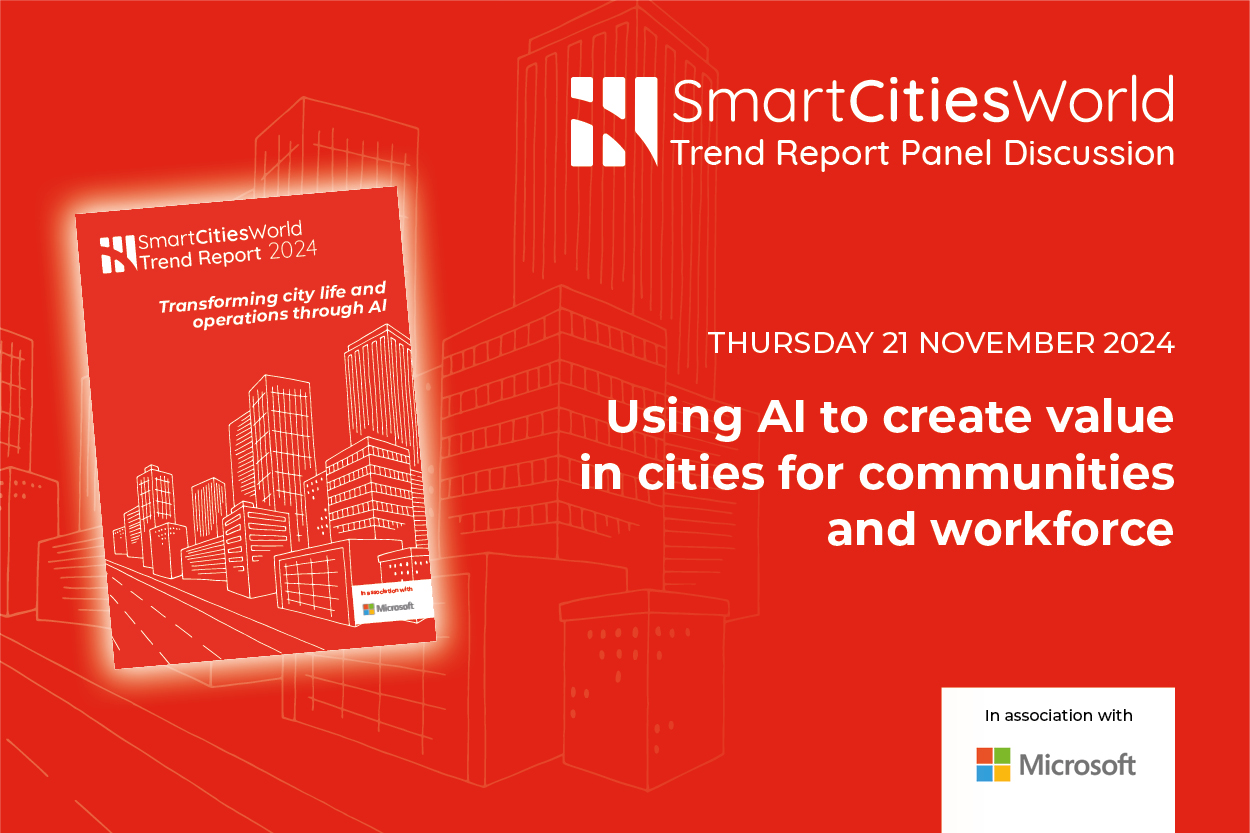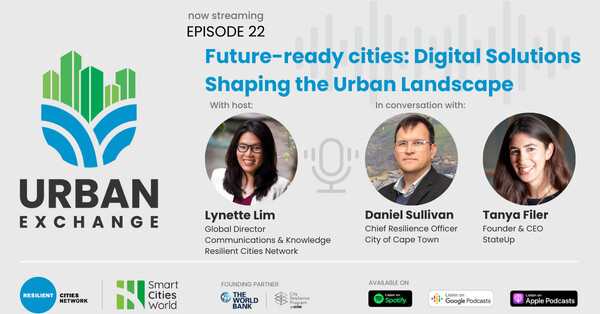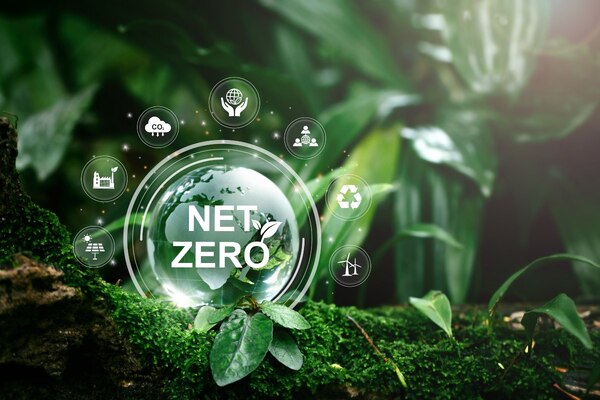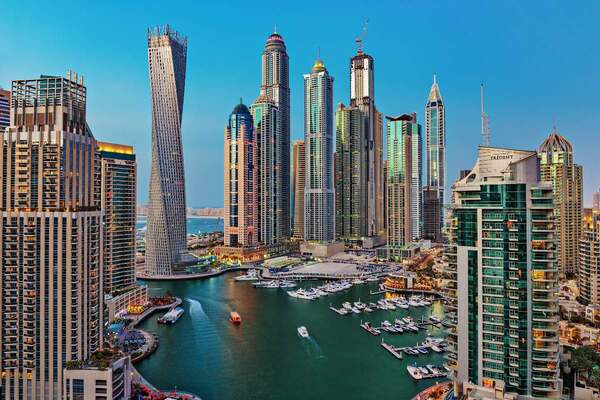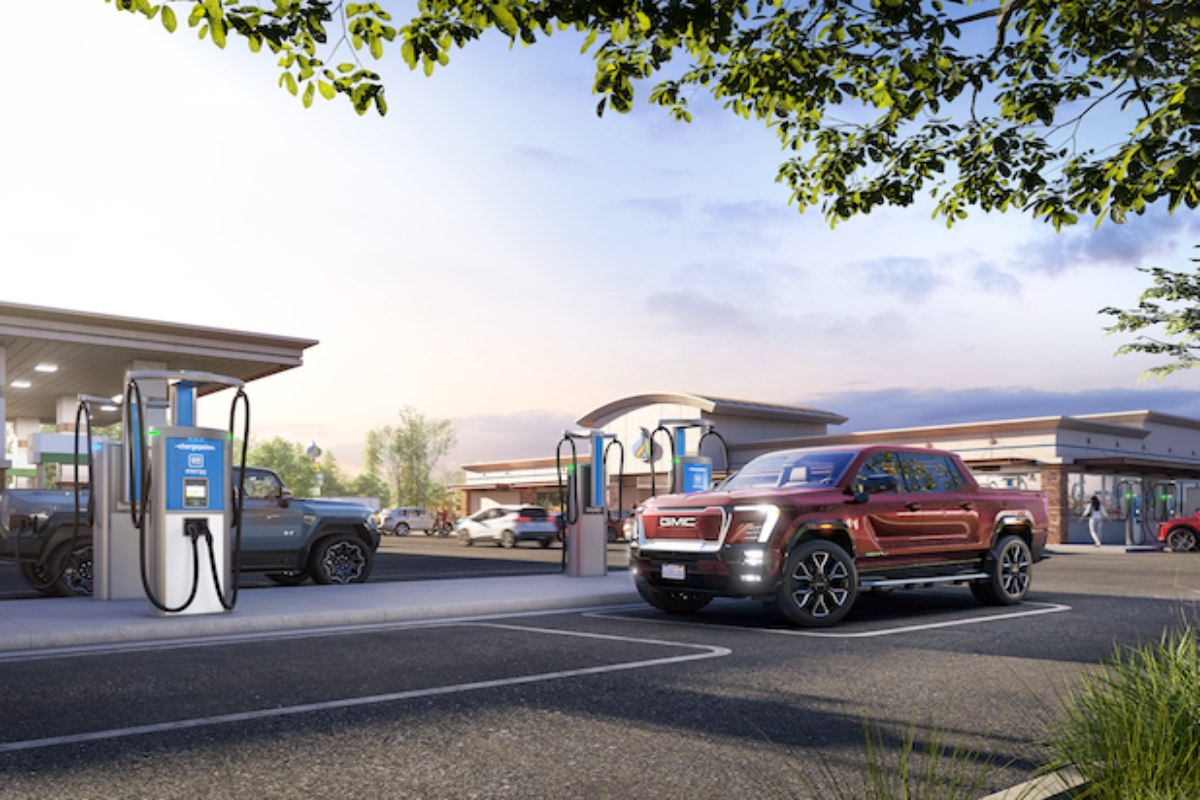Special Reports
SusHi Tech Tokyo 2024: experience ‘Tokyo 2050’ todaySponsored by The SusHi Tech Tokyo 2024 Showcase Program Executive Committee
How IoT can enable sustainable choices in cities
Moshe Gazit, director of business development at Thinkz, explains how IoT data in the hands of citizens can promote more sustainable choices, and introduces a new clean air routing tool that will be free-to-use in cities following its launch into Europe.
What makes this such an important time for cities to be able to connect with their citizens? How is Thinkz supporting that work?
The idea behind what Thinkz is doing is to connect IoT to people, and connect IoTs to one another for the sake of people. The reason it’s so important to do so is because cities are getting bigger – there are more people coming to live in cities. We believe that someone coming to a city who is able to manage themselves better helps city operations without city management needing to provide everything. By transforming IoT data into useful information and putting it in the hands of people, cities become better places to be and it creates a better urban experience.
How can IoT connectivity support cities and their citizens in overcoming parts of the toughest challenges they’re facing, such as climate change and air quality?
The platform that Thinkz has developed can help by providing a lot of layered information. At Smart City Expo Barcelona, we’re announcing and launching a clean air routing map for the European market to support cities and their people. The map is based on IoT data and will show three different routes – red, orange and green – enabling people to choose the route with the cleanest air to get from A to B. This is really important today because pollution is different in different parts of cities and it gives people the choice of how to get where they’re going.
This is a project we’ll be delivering soon in the City of Westminster in London, and has been inspired by their smart city leaders. We initially started this project for Westminster and now we’re launching it for the rest of Europe and its people.
How can cities and their people know that the information they’re receiving here is accurate?
This is really important because there is so much data. Repeating something I heard from a city official in Berlin, cities are sat on a mountain of data and they need to use it for the sake of the people. That’s where Thinkz comes in. With us, cities can choose what data is important for their citizens – micromobility, parking, utilities, the uses are endless in cities – and show it in a map in a simple way.
Accuracy of this information is of utmost important. Thinkz provides all of this information in real time and in a multi-layered format that people can use to choose what to do in their city. We have a patent pending technology to ensure the validation of the information. These three aspects – real time, multi-layer and live data verification – ensures seamless usability of information. If it data can’t be validated, it will be removed from the map so it no longer shows the device or service. This is an important part of the platform because people in cities have to jump from one app to another for different information on different services. We’re not replacing those, we’re just showing everything in one place for convenience.
What work are you doing beyond Westminster to get this platform into cities?
As I mentioned, Westminster was the inspiration and we feel this is the right time and place to launch into the rest of Europe. We’re uploading a lot of data from cities of all sizes and at different stages of their smart city journey around mobility, air quality, parking, traffic. There are many different requests we’re responding to and many different layers we’re adding to the platform, always based on multi-layer, real-time, verified information.
Everything is based on existing data, and while this can encourage uptake of more sensors on the streets and even in homes, everything we’re doing now is based on what already exists. There is no real barrier to enabling such an amazing tool for people, and that represents what IoT means to cities. IoT networks have been installed for specific purposes for cities, but we’re now seeing there is much more that can be done with them.
In association with:


